

Articles
How To Store Acrylic Paintings
Modified: March 19, 2024
Learn the best techniques and materials for storing acrylic paintings in this informative article. Keep your artwork safe and preserve its quality for years to come.
(Many of the links in this article redirect to a specific reviewed product. Your purchase of these products through affiliate links helps to generate commission for Storables.com, at no extra cost. Learn more)
Introduction
Storing acrylic paintings properly is crucial to preserving their beauty and longevity. Acrylic paint, known for its quick-drying properties and vibrant colors, is widely used by artists. However, improper storage can lead to damage, including cracking, color fading, and even mold growth. To ensure your acrylic paintings stay in pristine condition, it is essential to follow the right storage techniques.
In this article, we will guide you through the process of storing acrylic paintings safely. We will discuss the materials needed, how to prepare the paintings for storage, the best storage methods, and the protective measures you can take to prevent any potential damage. Whether you are an artist storing your own paintings or someone who wants to preserve a valuable piece of art, these tips will help you store acrylic paintings effectively.
Let’s dive in and explore the steps you need to take to keep your acrylic paintings safe and well-maintained.
Key Takeaways:
- Safeguard your acrylic paintings by storing them flat in acid-free containers, protecting them from direct sunlight, and controlling temperature and humidity levels to ensure their longevity and vibrant appearance.
- Take protective measures such as handling with care, using desiccants, and periodically rotating your collection to minimize the risk of damage and preserve the beauty of your acrylic paintings for years to come.
Read more: How To Store Acrylic Paint
Materials Needed
Before you begin storing your acrylic paintings, gather the following materials:
- Acid-free archival storage boxes or portfolios: These will provide a safe and controlled environment for storing your paintings. Make sure they are made of acid-free materials to prevent any chemical reactions that could damage the artwork.
- Acid-free glassine or silicone release paper: Use these to provide a protective layer between the paintings to prevent them from sticking together or smudging.
- Soft, clean cotton gloves: Wear these gloves while handling the paintings to avoid leaving fingerprints or transferring oils onto the surface.
- Sturdy cardboard sheets or foam boards: These will be used to support the paintings and keep them flat during storage.
- Plastic wrap or shrink wrap: Use this to wrap large paintings or secure the paintings to the cardboard sheets.
- Labels and markers: Make sure to label each painting with its title, artist’s name, and any other relevant information to easily identify them later.
- Desiccant packets or silica gel: These help absorb excess moisture and prevent mold or mildew growth.
- Storage area: Find a cool, dry, and well-ventilated area to store your paintings. Avoid places with extreme temperature fluctuations or high humidity levels.
Having these materials on hand will ensure that you are prepared to store your acrylic paintings properly and protect them from potential damage.
Preparing the Paintings
Before storing your acrylic paintings, it’s important to prepare them properly to minimize the risk of damage. Follow these steps:
- Clean the paintings: Use a soft, dry brush or a clean microfiber cloth to gently remove any dust or dirt from the surface of the paintings. Avoid using cleaners or solvents as they may interact with the paint.
- Repair any damages: Inspect each painting for any chips, cracks, or loose paint. If you notice any issues, consider getting them repaired by a professional conservator before storing the paintings.
- Remove any protruding fixtures: If your paintings have frames, remove any screws, hooks, or wires that stick out to ensure that the paintings lay flat during storage.
- Protect the surface: Place a layer of acid-free glassine or silicone release paper over the surface of each painting. This will prevent the paint from sticking to other surfaces in case of contact. Avoid using plastic wrap directly against the painting, as it can cause moisture buildup.
- Add support: For larger paintings, use sturdy cardboard sheets or foam boards behind them to provide support and prevent them from warping or bending.
- Secure the paintings: If your paintings are small, you can stack them with layers of glassine paper or silicone release paper in between. For larger paintings, wrap them gently with plastic wrap or shrink wrap to protect them during transportation or storage.
- Label the paintings: Take a moment to label each painting with its title, artist’s name, and any other relevant information. This will make it easier to identify them later and avoid any confusion.
By following these steps, you will ensure that your acrylic paintings are properly prepared for storage, minimizing the risk of damage and preserving their pristine condition.
Cleaning the Paintings
Cleaning your acrylic paintings before storage helps remove dirt and grime, ensuring that they remain in the best possible condition. However, it is important to approach cleaning with caution to avoid any damage to the artwork. Here are some steps to clean your acrylic paintings:
- Assess the condition: Before cleaning, closely examine the paintings for any specific spots or areas that require special attention. Take note of any areas with stains, discoloration, or visible dirt.
- Use a soft brush: Begin by gently brushing the surface of the painting with a clean, soft brush to remove any loose dust or debris. Use light, sweeping motions and be careful not to apply too much pressure.
- Spot cleaning: For small spots or stains, dampen a clean, soft cloth or sponge with a small amount of distilled water. Gently blot the affected area, being careful not to rub or scrub vigorously. If the stain persists, consult a professional conservator for further assistance.
- Do not use solvents: Avoid using solvents, household cleaners, or harsh chemicals to clean the paintings, as they can damage the acrylic paint. Stick to using distilled water or consult a professional conservator for advice.
- Allow proper drying time: After spot cleaning, ensure that the painting is completely dry before storing it. This will prevent any moisture from being trapped, which could lead to mold or mildew growth.
- Consider professional cleaning: If you have valuable or delicate acrylic paintings, it is advisable to consult a professional conservator for cleaning. They have the expertise and knowledge to handle delicate artworks and can provide a more thorough and safe cleaning.
Remember, the goal of cleaning your acrylic paintings is to remove surface dirt and maintain their overall appearance. Take care not to over-clean or apply excessive force, as this can damage the paint layers. When in doubt, consult a professional conservator for guidance.
Choosing the Storage Area
When it comes to storing acrylic paintings, selecting the right storage area is crucial for maintaining their condition. Here are some factors to consider when choosing the storage area:
- Temperature and humidity: It is important to store acrylic paintings in a cool and stable environment. Avoid areas with extreme temperature fluctuations, as this can cause the paint to expand and contract, leading to cracking or warping. Additionally, aim for a moderate humidity level, ideally between 40-50%, to prevent mold or mildew growth.
- Avoid direct sunlight: Exposure to direct sunlight can cause acrylic paint to fade over time. Choose a storage area away from windows or skylights, or use UV-filtering window film or curtains if sunlight is unavoidable.
- Avoid high-traffic areas: Opt for a storage area where the paintings will not be at risk of being bumped, knocked over, or handled frequently. This will minimize the chances of accidental damage.
- Keep away from potential hazards: Choose a storage area that is free from potential hazards such as water pipes, air vents, or sources of heat that could damage the paintings.
- Consider climate-controlled storage: If you have valuable or sensitive acrylic paintings, consider investing in a climate-controlled storage unit. These units regulate temperature and humidity levels, providing the optimal conditions for preserving artworks.
By carefully selecting the storage area for your acrylic paintings, you can create an environment that minimizes the risk of damage, ensuring their longevity and preserving their beauty.
Store acrylic paintings vertically in a cool, dry place away from direct sunlight to prevent warping or fading. Use acid-free paper or foam board between paintings to prevent sticking.
Read more: How To Store Acrylic Paint Bottles
Storing Flat
Storing acrylic paintings flat is a common and effective method to protect them from damage. Follow these steps to store your paintings flat:
- Prepare a clean storage surface: Find a flat surface that is spacious enough to accommodate your paintings without overlapping. Ensure that the surface is clean and free from any dust or dirt.
- Use acid-free archival storage boxes or portfolios: Place your acrylic paintings in acid-free archival storage boxes or portfolios. These boxes provide a safe and controlled environment, protecting the paintings from light, dust, and potential physical damage.
- Add protective layers: Place a layer of acid-free glassine or silicone release paper between each painting to prevent them from sticking together or smudging. This additional layer acts as a barrier and protects the surface of each painting.
- Support larger paintings: For larger paintings, use sturdy cardboard sheets or foam boards to support them and keep them flat. Place the paintings on top of the supports, ensuring that they are evenly distributed to avoid any warping or bending.
- Secure the storage containers: Close the storage boxes or portfolios securely to keep out dust and light. If necessary, use clips or straps to hold the containers together and maintain their integrity.
- Label the containers: Take the time to label each storage container with information such as the painting’s title, artist’s name, date, and any other relevant details. This will make it easier to locate specific paintings when needed.
- Keep the storage area clean and dry: Store the containers in a clean, dry, and well-ventilated area. Avoid areas prone to high humidity, as moisture can damage the paintings. Regularly check the storage area for any signs of pests or temperature fluctuations.
By storing your acrylic paintings flat in acid-free storage containers, you provide them with a safe and protected environment, minimizing the risk of damage and ensuring their longevity.
Storing Vertically
While storing acrylic paintings flat is the preferred method, sometimes it may be necessary to store them vertically due to space constraints. Here are some guidelines for storing acrylic paintings vertically:
- Select a suitable storage area: Choose a location that is free from direct sunlight, extreme temperature fluctuations, and high humidity. The area should be clean, well-ventilated, and away from any potential hazards.
- Prepare the paintings: Clean and prepare the paintings as mentioned earlier in this article. Ensure they are free from dust, dirt, and any loose particles before storing them.
- Use acid-free storage materials: Invest in acid-free archival storage boxes or portfolios specifically designed for vertical storage. These boxes provide protection from light, dust, and potential physical damage.
- Add protective layers: Place a layer of acid-free glassine or silicone release paper between each painting to prevent them from sticking together or smudging. This additional layer acts as a barrier and protects the surface of each painting.
- Prop paintings towards the back: Position the paintings vertically inside the storage boxes or portfolios, propping them against the back wall. This helps distribute the weight evenly and minimizes the risk of any structural damage.
- Secure the storage containers: Close and seal the storage containers securely to keep out dust and light. If needed, use straps or clips to prevent the containers from opening during storage.
- Label the containers: Label each storage container with information such as the painting’s title, artist’s name, date, and any other relevant details. Proper labeling makes it easier to locate specific paintings in the future.
- Monitor the storage area: Regularly check the storage area to ensure there are no signs of pests, moisture, or temperature fluctuations that could damage the paintings. Make sure the area remains clean and well-maintained.
While storing acrylic paintings vertically is not ideal, following these guidelines will help minimize the risk of damage. It’s important to note that vertical storage should be a temporary solution, and if possible, paintings should be stored flat for long-term preservation.
Protective Measures
In addition to proper storage techniques, there are several protective measures you can take to safeguard your acrylic paintings. These measures will help minimize the risk of damage and ensure the longevity of your artwork. Here are some protective measures to consider:
- Handle with care: Always handle acrylic paintings with clean, cotton gloves to avoid leaving fingerprints or transferring oils onto the surface. Hold the paintings by the edges or use a secure grip on the back to avoid putting pressure on the paint layers.
- Protect from direct sunlight and UV rays: Ultraviolet (UV) rays can cause acrylic paint to fade over time. Keep your paintings away from direct sunlight or use UV-filtering window film or curtains if exposure to sunlight is unavoidable.
- Control temperature and humidity: Fluctuations in temperature and humidity can cause acrylic paints to expand and contract, resulting in cracking or warping. Maintain a stable and moderate environment, preferably with a temperature of around 68-72°F (20-22°C) and humidity levels between 40-50%.
- Use desiccants or silica gel: Place desiccant packets or silica gel in the storage containers to absorb excess moisture and help prevent the growth of mold or mildew. Be sure to check and replace the desiccants regularly.
- Regularly inspect and clean: Regularly inspect your stored acrylic paintings for any signs of damage or deterioration. Dust the surfaces gently using a soft brush or a clean, dry microfiber cloth. Avoid using cleaners or solvents that could interact with the paint.
- Keep away from pests: Take precautions to prevent pests such as insects and rodents from reaching your stored paintings. Maintain a clean storage area, seal any potential entries, and consider using pest control measures if necessary.
- Insurance and documentation: Consider insuring your valuable acrylic paintings against loss, theft, or damage. Keep detailed documentation, including photographs, descriptions, and provenance, to support any insurance claims or valuations.
- Periodic rotation: If you have a collection of acrylic paintings, it’s beneficial to periodically rotate them. This helps ensure equal exposure to light and prevents any particular artwork from being overexposed or overlooked.
By implementing these protective measures, you can significantly reduce the risk of damage to your acrylic paintings and preserve them for years to come.
Conclusion
Properly storing acrylic paintings is vital for preserving their beauty and ensuring their longevity. By following the right storage techniques and taking protective measures, you can safeguard your artwork from damage and maintain its pristine condition for years to come.
Start by gathering the necessary materials such as acid-free storage boxes, glassine paper, gloves, and labels. Preparing the paintings involves cleaning them carefully, repairing any damages, and adding protective layers. When choosing a storage area, aim for a cool, dry, and well-ventilated space that is free from direct sunlight and potential hazards.
Storing acrylic paintings flat is the preferred method, but if you need to store them vertically, take extra precautions and ensure they are properly supported to avoid any structural damage.
Remember to handle your paintings with care, protect them from direct sunlight and UV rays, control temperature and humidity levels, and periodically inspect and clean them. Utilize desiccants or silica gel to absorb excess moisture and prevent mold or mildew growth.
Considering insurance for valuable pieces and maintaining proper documentation can provide additional peace of mind. Finally, don’t forget to periodically rotate your collection to ensure equal exposure to light and appreciation of each artwork.
By implementing these storage techniques and protective measures, you can ensure that your acrylic paintings remain safe, vibrant, and well-preserved, allowing you to enjoy them for years to come.
Frequently Asked Questions about How To Store Acrylic Paintings
Was this page helpful?
At Storables.com, we guarantee accurate and reliable information. Our content, validated by Expert Board Contributors, is crafted following stringent Editorial Policies. We're committed to providing you with well-researched, expert-backed insights for all your informational needs.
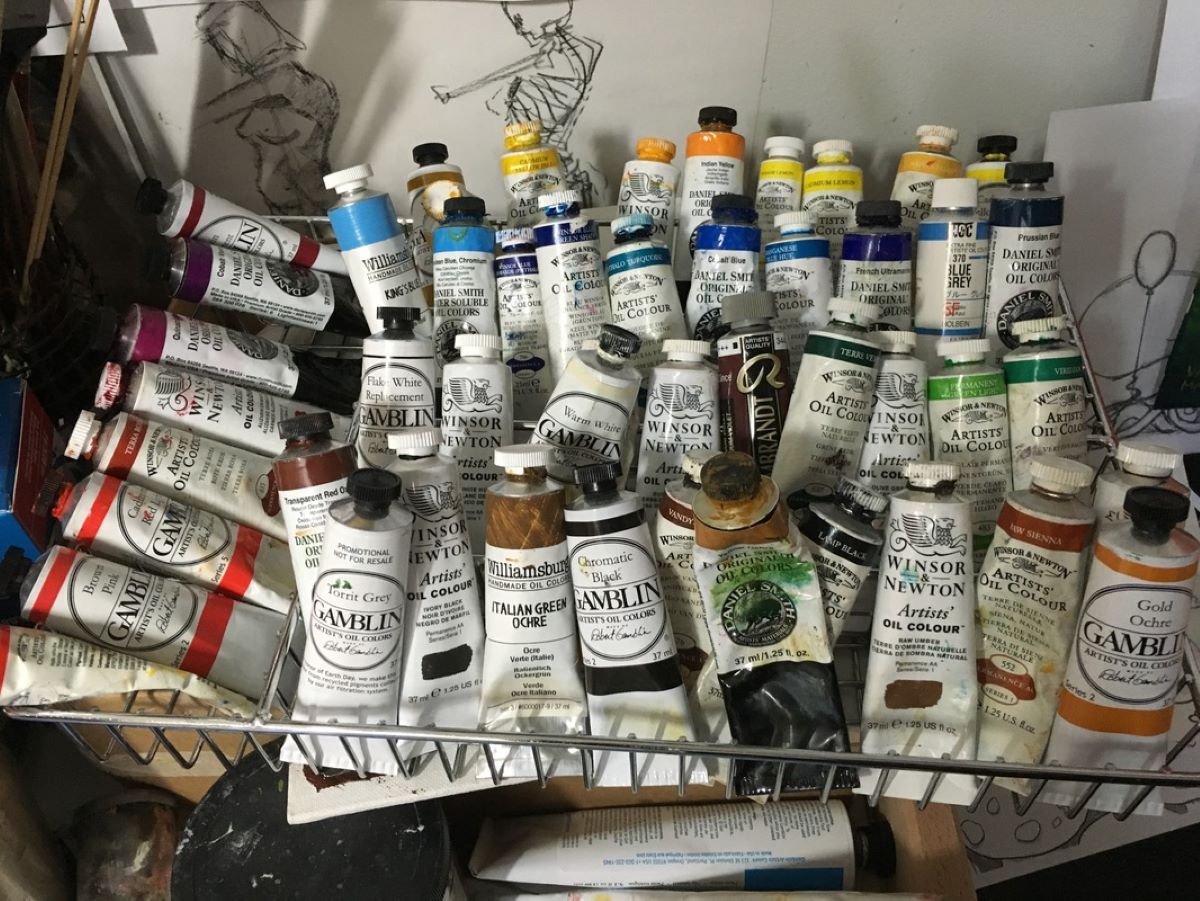







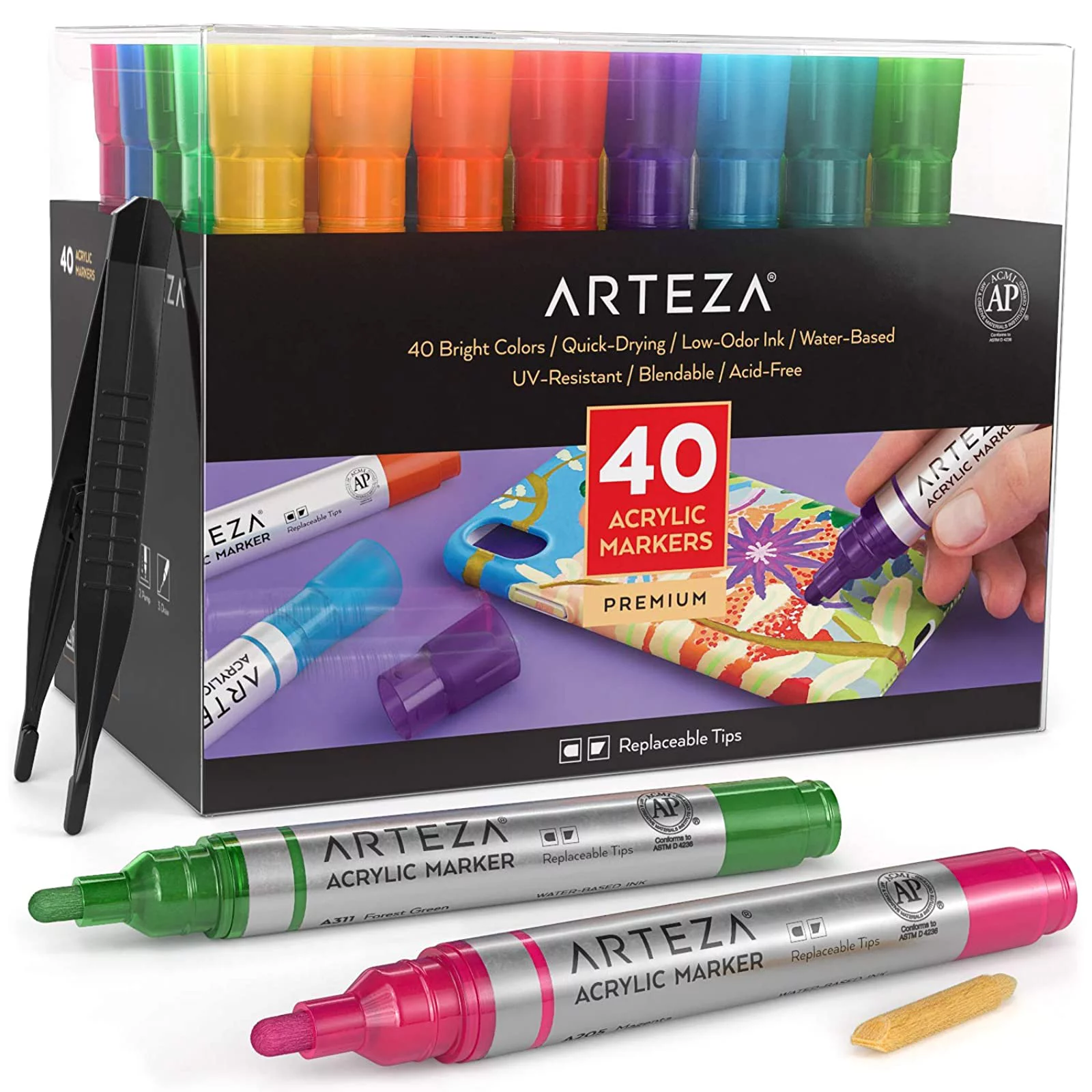
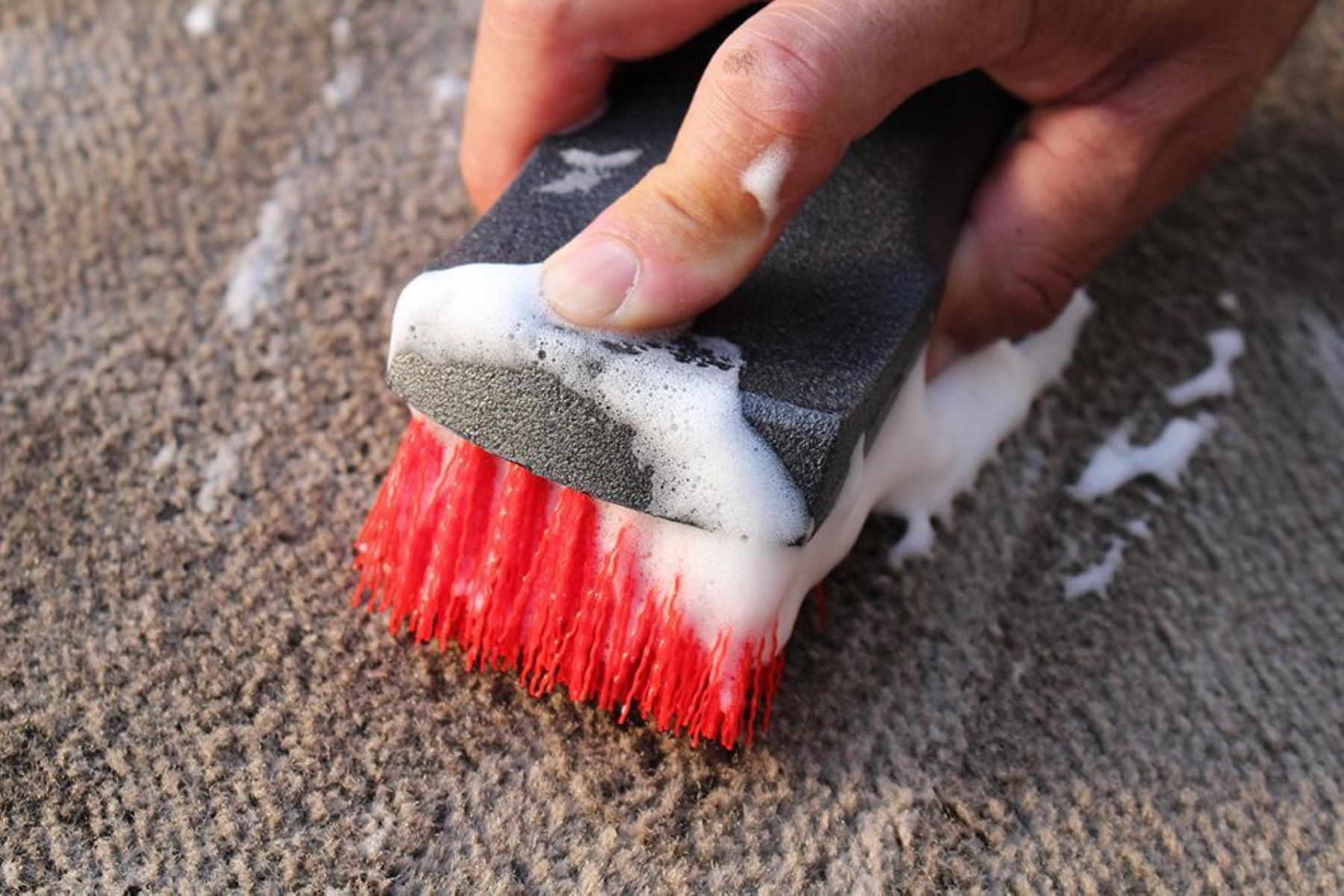
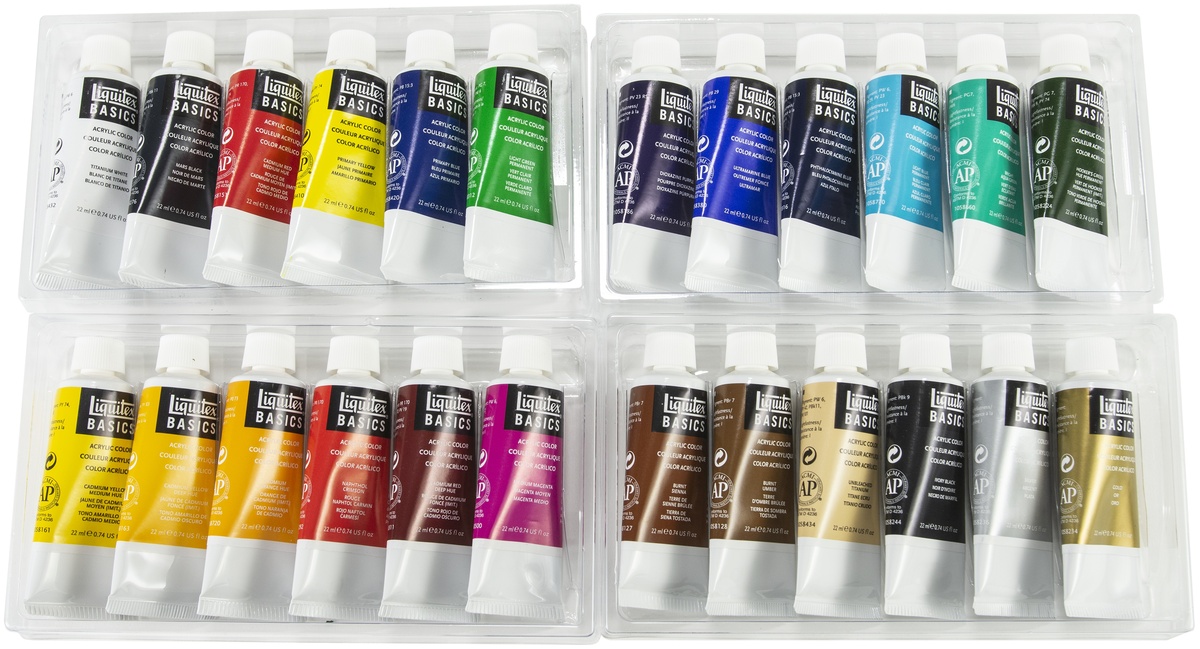
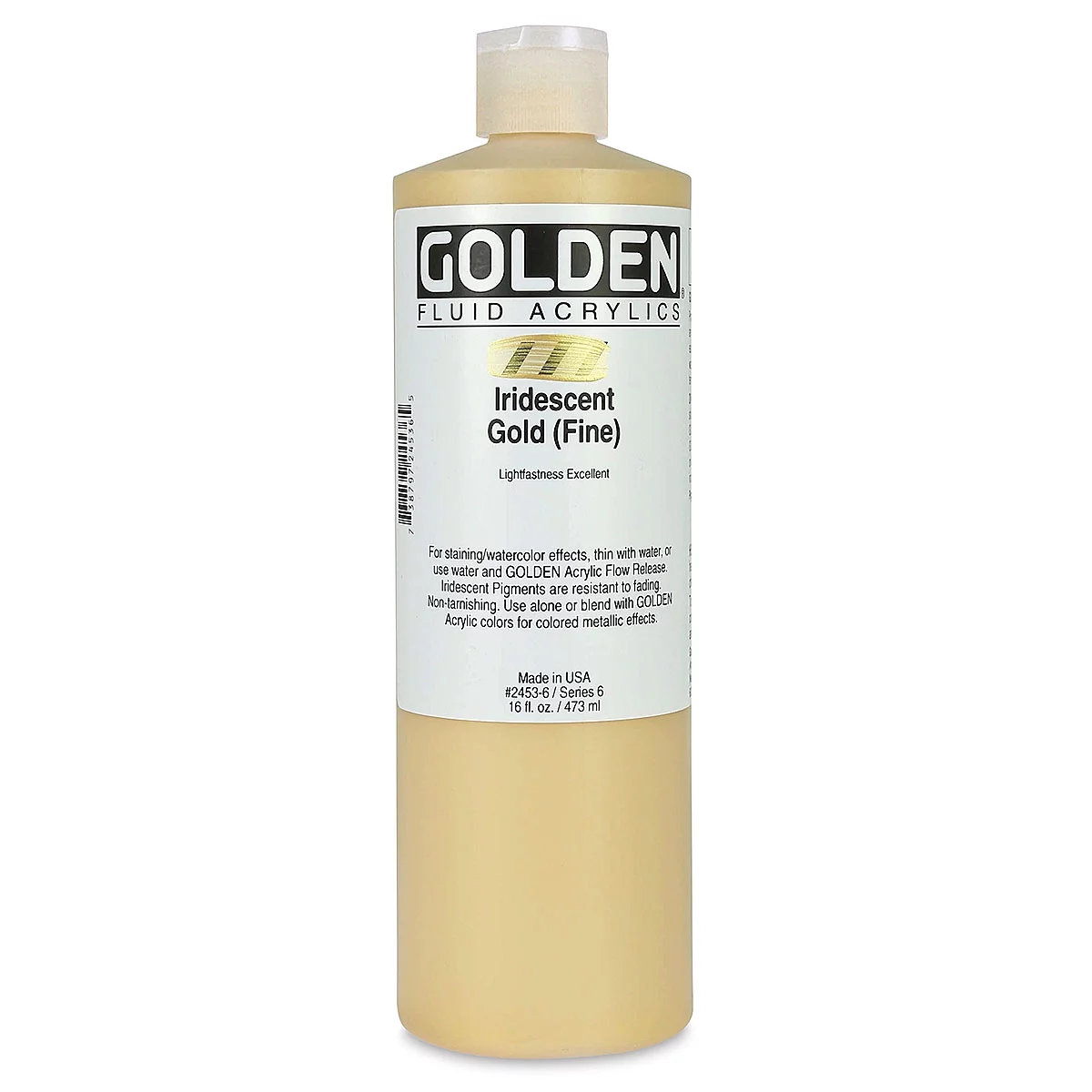

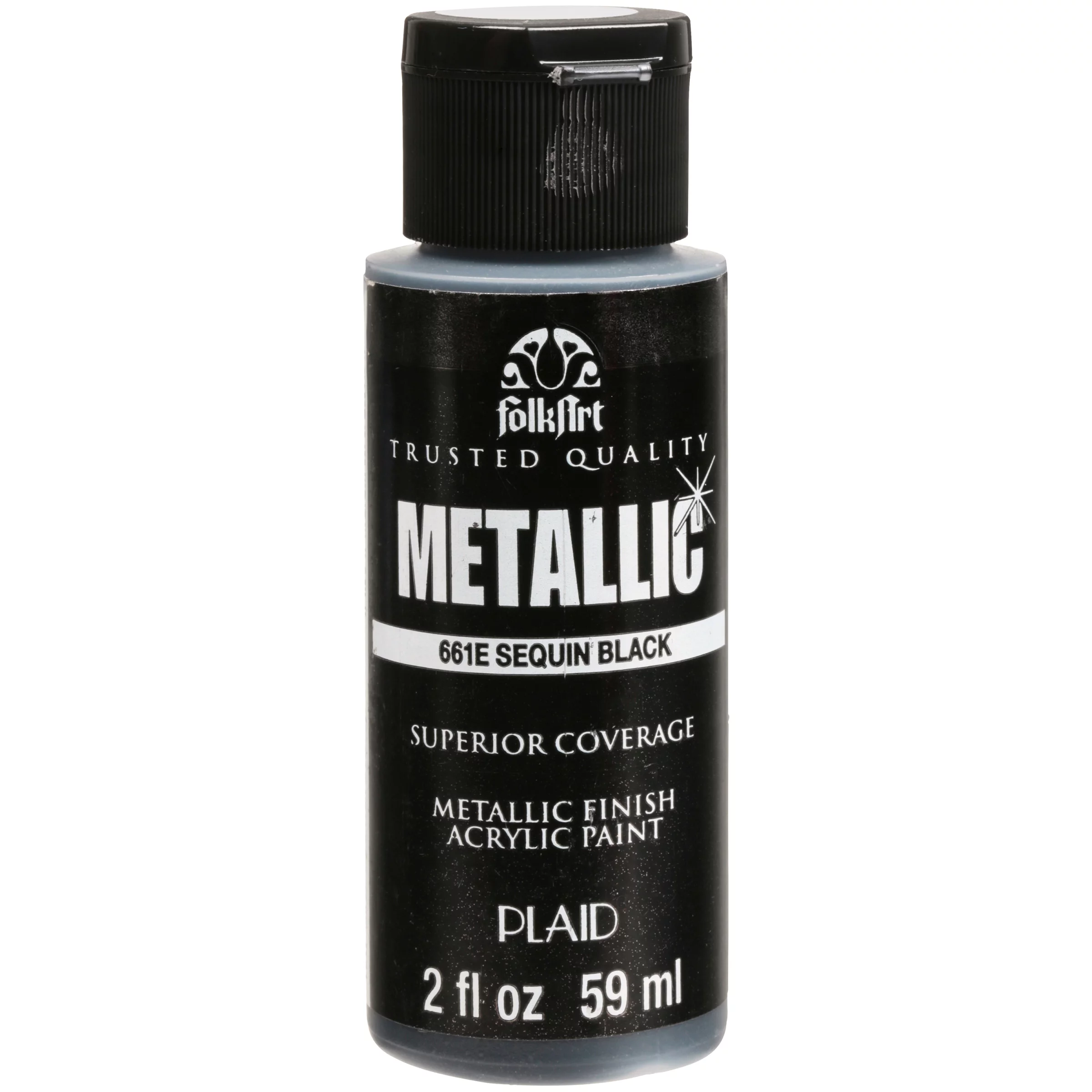

0 thoughts on “How To Store Acrylic Paintings”